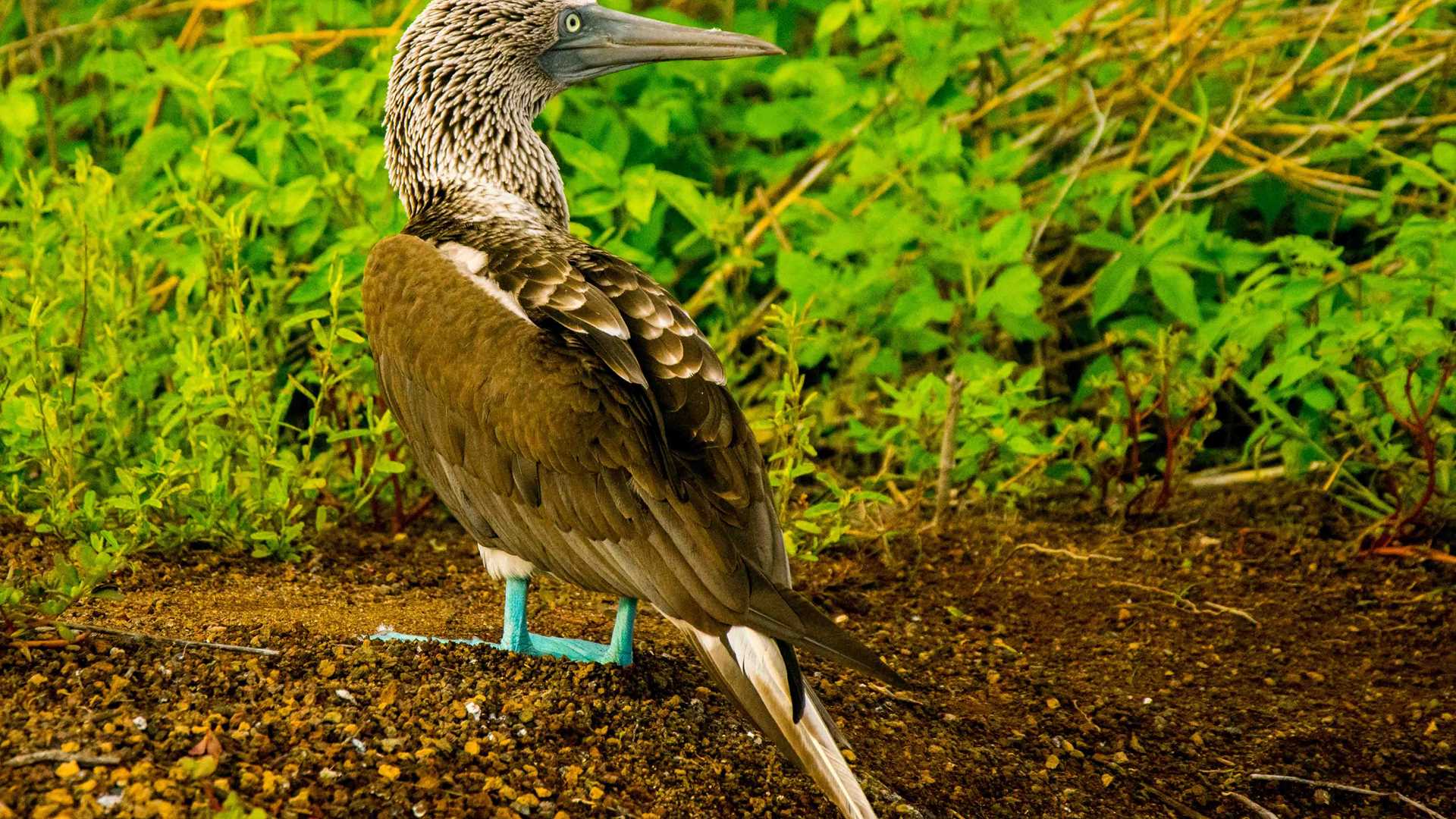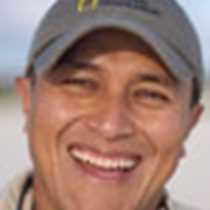This day was completely devoted to Floreana Island, where we had the great opportunity to experience a wide variety of activities. Early in the morning we landed on Punta Cormorant, and soon we spotted flamingos and blue footed boobies. This walk ended up on an astonishing white sand beach which sea turtles use for nesting. Later in the morning we visited Champion Islet. Here, we combined Zodiac rides and snorkeling. The diversity of sea birds and marine species was just astonishing. After a well-deserved lunch we moved to Post Office Bay, a famous historical place. The fact that this bay is well protected allowed us to enjoy paddle boarding and kayaking. As I am writing this report, we all are ready to enjoy an inspiring sunset while having some cool drinks on the upper deck where the view is just magnificent A perfect way to end an amazing day.
- Daily Expedition Reports
- 11 Apr 2017
Floreana Island, 4/11/2017, National Geographic Islander
- Aboard the National Geographic Islander
- Galápagos
José Guerrero, Naturalist/Certified Photo Instructor
José Guerrero Vela is an Ecuadorian permanent resident of the Galapagos. His mother was born in the islands and his grandfather was one of the first generation of teachers in the Galapagos, which has always inspired him to promote education as the ma...
Read MoreShare Report
Related Reports
11/23/2022
Read
National Geographic Islander II
Isabela and Fernandina
Our day began with the chance to point out a lot of interesting geological features as we enjoyed Zodiac tours along a massive flank of Ecuador Volcano on Punta Vicente Roca. In the afternoon, we took a sunny walk on Punta Espinoza on Fernandina Island. We spotted many iguanas, and a bunch of sea lions hanging around, too.
11/22/2022
Read
National Geographic Islander II
North Seymour & Rabida Islands
Relatively small and low compared to neighboring Santa Cruz, North Seymour is located to the north of Baltra. The island is dry with predominantly low shrubs, like prickly pear cacti. The incense trees are bare during the dry season. Seabirds like frigatebirds and blue-footed boobies nest on the island, and sea lions rest on the sand when they are not fishing. Land and marine iguanas also live here. Rabida is in the middle of the archipelago and has a striking red sand beach. We observed a small colony of sea lions of all ages resting or nursing. Behind the beach, American flamingos nest in a brackish lagoon. This island is full of contrasts and wildlife that we enjoyed observing during this day of expedition.







